Any person who at least once in his life felt pain in his back, lumbar, chest or neck of the spine. The first symptoms of pain and signs of pathological disorders of the articular cartilage appear in people of the average category of age after 30-35 years.
Symptomatic signs of osteochondrosis do not distinguish between a person's sex, and can therefore affect spinal vertebrae both in men and women. However, there is a sad tendency to renew a bone storage disease when osteochondrosis is observed in high school and high school children.
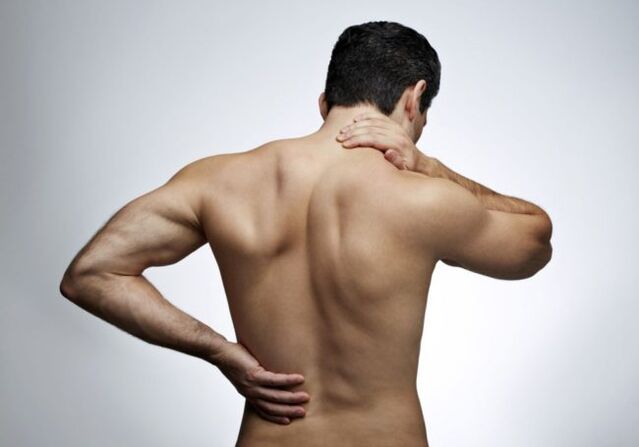
What is it?
The International Classifier of 10th Assembly diseases determines osteochondrosis in the class of diseases of the muscular system and connective tissue. Osteochondrosis is divided into several categories:
The causes of osteochondrosis are associated with a violation of metabolism in the connective tissue of the articular cartilage, characterized by degenerative-theirDestrophic changes in the ligamentous apparatus of the muscular system and a general violation of the muscular-Sellet system in the structural segments of savings.
Pain syndrome occurs as a result of a deformity disorder of the integrity of the intervertebral discs, leading to the axial displacement of the vertebrae, and as a result, the nerve roots in the vertebral canals are tight. Symptoms and signs of osteochondrosis can affect any department of the vertebral system, sometimes developing for several years, they do not cause a person unpleasant sensation.
In most cases, the causes of osteochondrosis are associated with a person's professional activity. The risk group includes the following professional categories:
However, it is noted that signs of osteochondrosis manifest much more often in women than in representatives of stronger sex. Many medical experts agree that the cause of osteochondrosis is elongated lined with high behavior shoes. As a rule, the first symptoms of neurological disease manifestations are diagnosed in women after 25 years.
There are frequent cases when the causes of osteochondrosis are caused by pregnancy. The way a person's lifestyle is of no little importance. Overweight people make up the highest percentage of patients with a neurological clinic. A person's proper attitude and growth is also of great importance. Inherent in patients that osteochondrosis of the spine is more often determined.
In general, the expected factors in the development of the disease include:
However, the most significant factor in the development of neurological pathology is a person's inherited predisposition to articular diseases, which makes himself feel in childhood or youth.
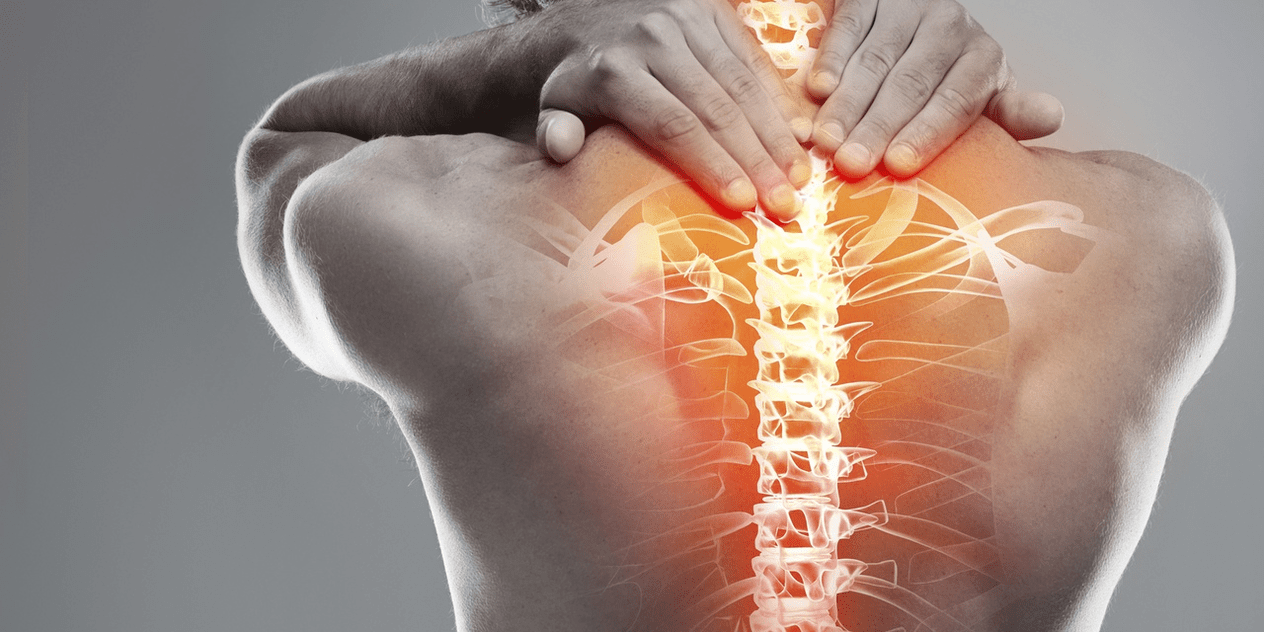
The development of the disease
With osteochondrosis, symptoms and treatment are determined depending on the severity of the disease. So the development of osteochondrosis has 4 stages of the course of the disease:
The types
In neurology, osteochondrosis is divided into several types:
There is also general back osteochondrosis when some departments of the muscular system -Skeletal fall into the damage area.
Symptoms
Consider what are the causes of osteochondrosis and what symptoms of a neurological disease manifest in a particular area of damage.
Cervical uterine osteochondrosis, symptoms and signs:
With a neuralgic pathology of the spine of the chest, osteochondrosis is manifested by the following symptoms and signs:
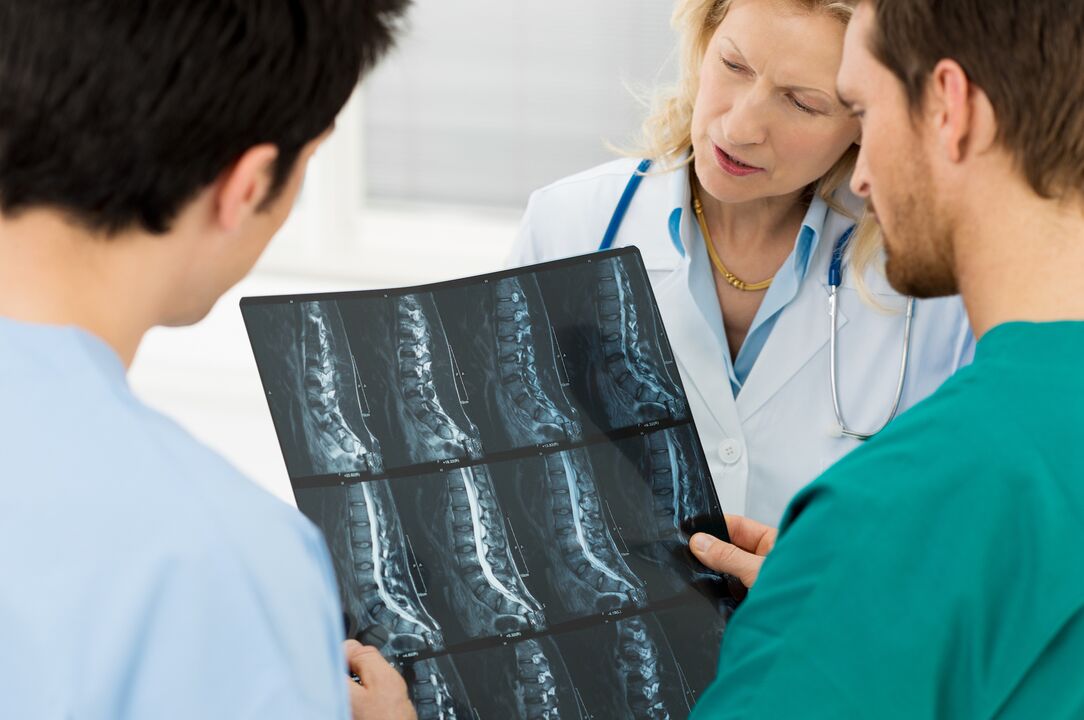
Before treating the osteochondrosis of the thoracic region, it is necessary to clearly diagnose neurological pathology, as symptomatic signs are very similar to other respiratory, cardiovascular and gastrointestinal diseases.
Back osteochondrosis is the most common category of neurological disorder of the vertebral system. The sacrifice and/or lumbar parts of the spinal cord muscle structure fall into the loss area.
At the back of osteochondrosis, symptoms, causes and treatment, it is necessary to determine that it is differentiated, as this anatomical part of the human body is more vulnerable to various damage and neurological conditions. Often, the vertebral section of the lower back undergoes other clinical pathologies, for example, the tip of the sciatica, Ishias, radiculitis, etc.
The main characteristic of the neurological lesion of the lumbar area is the pain that increases during physical exercise. Symptoms of spinal osteochondrosis:
Osteochondrosis in children does not differ in symptoms of pain from adult patients. Disordishes degenerative-destrophic disorders in a child are a consequence of the genetic dependence of the muscular system. However, there is another cause of osteochondrosis in children, when the new organism falls under the strongest congestion of the muscular system. We are talking about professional sports or hard physical work performed by children.
Troubleshooting
Diagnostic examination includes the following measures:
Treatment
Effectively cure degenerative spine disorders, perhaps only at the initial phase of the disease, when there are no complicating factors, and the clear determination of the causes of osteochondrosis. Treatment of the disease means a comprehensive medical approach to the problem.
In the initial phase, a drug effect becomes on the articular cartilage, and physiotherapeutic procedures will help restore the lost plasticity of the bone-muscular system. The last stage of the entire treatment of the skeletal muscle system is compliance with medical and preventive measures.
By creating symptoms, signs and causes of osteochondrosis, treatment of nerve pathology begins with conservative therapy, which allows to eliminate pain syndrome and relieve inflammatory stress in the structure of the spine tissue. The relief of the symptom of pain is performed by various therapeutic, epidural and other actions. The services of medical workers have provided a wide selection of drug pharmacological groups and medicines that allow you to stop pain loads and reduce muscle syndrome. Restore vertebrate activity using physiotherapy:
In the period of recovery and prevention, it is very effective in the use of massage (hydromassage) and physiotherapy and physical education (exercise therapy), which strengthen the muscles of the lower back, chest or neck of the vertebral system, and also contribute to the decompression of the roots.
Dietary recommendations for neurological pathology
Proper medical nutrition is of great importance as it increases the activity of medication treatment. There are no special conditions when choosing a diet. Dietary recommendations are based solely on limiting certain food products and compliance with a balanced rule to eat. The products used should provide the body with the necessary spectrum of useful vitamin and mineral ingredients, with a minimal amount of salt.
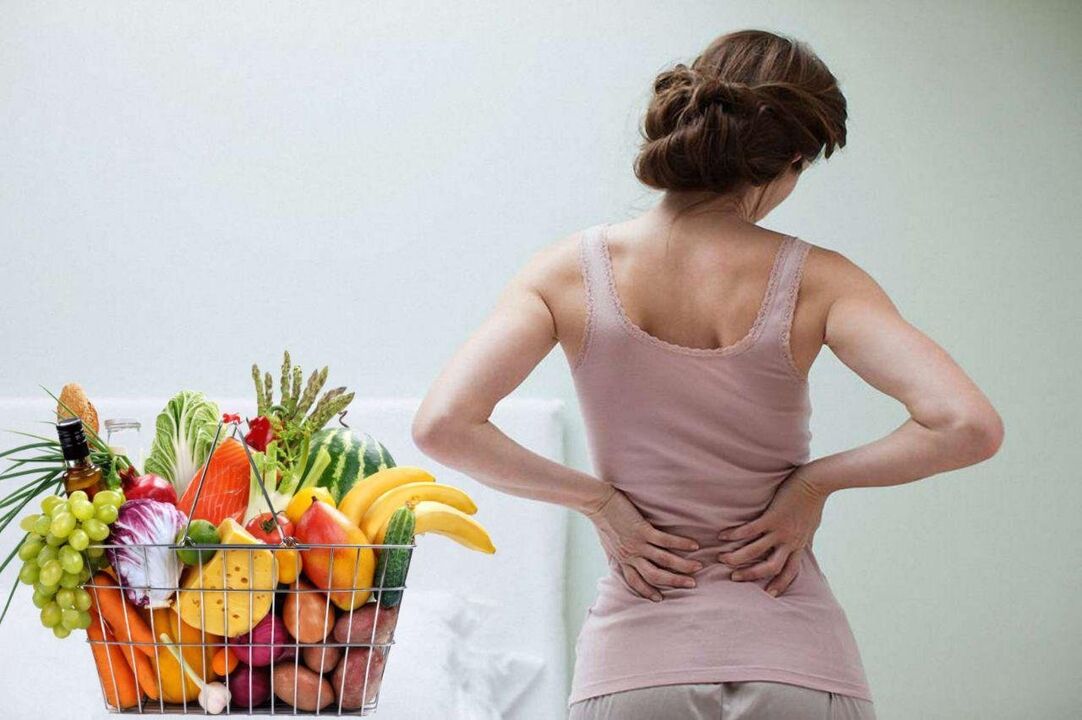
Recommended food:
Food products that should be limited to the daily diet:
It is important to know that the daily use of the two liters of purified water will stimulate the functioning of the spinal articular elements, and also improve the peristalsis of the gastrointestinal tract.
Traditional medicine recipes
Treatment of traditional medicine is an alternative way to affect the articular structure of the spine. However, such treatment should be performed together with medicines officially prescribed for drug therapy.
Recipe no. 1. Saber. The alcohol tincture of the perennial grassy plant can be rubbed with areas with spine problems. In 200 g. Dried raw materials deal with 500 ml of alcohol or product, which is alcohol.
Recipe no. 2. Oil oil from osteochondrosis. Composition of Ingredients:
All therapeutic ingredients are completely mixed, and are exposed to a dry and dark place for 2-3 days. The medicinal product is rubbed into areas with vertebral lane problems.
Recipe no. 3. Black radish tincture. To prepare a healing composition, it is necessary:
All ingredients are mixed and cost for 12 hours. Such a compression at home will be an effective treatment for treatment not only for osteochondrosis, but will also help with other neurological disorders of the musculoskeletal system, for example, with radicles or rheumatism of the skeletal frame joints.
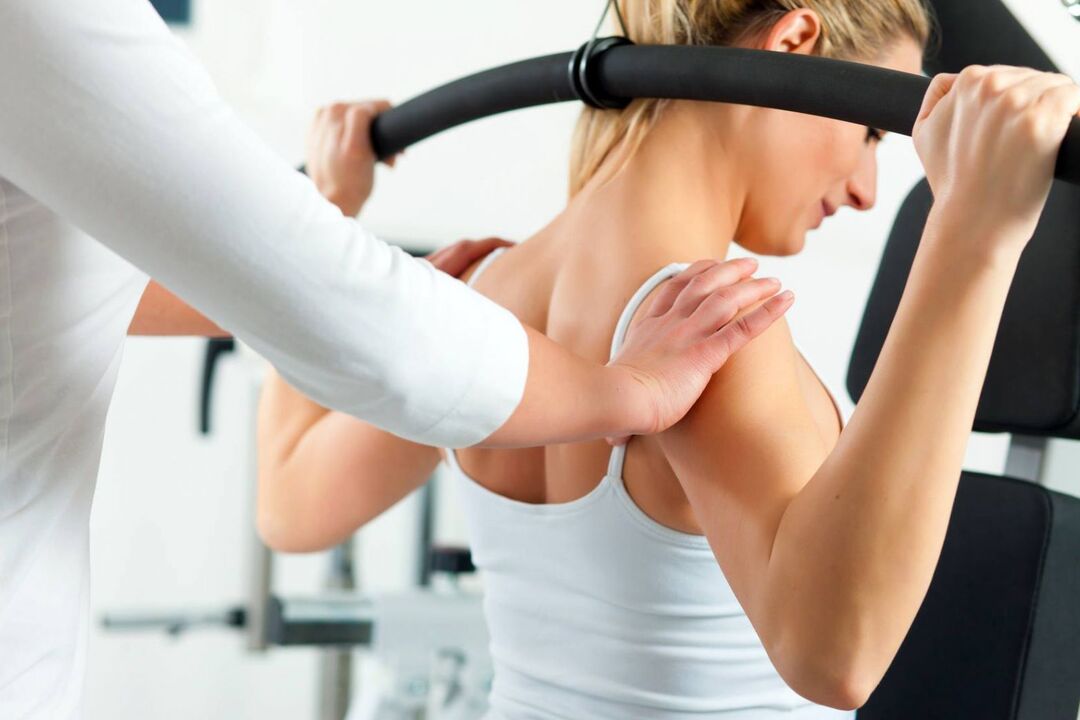
Preventive
Therapeutic prevention consists of proper nutrition, personal and sanitary hygiene, as well as in accordance with the healthy hotel rates. You should also protect your body from exposure to infectious and bacterial agents. Daily physical education, walking in the fresh air, water procedures in summer and winter time, will have a favorable effect on the body as a whole, and on the articular segments of the spine, in particular. Especilatrately, especially important to perform preventive medical acts with a growing body, that is, children.
Take care of yourself and always be healthy!

























